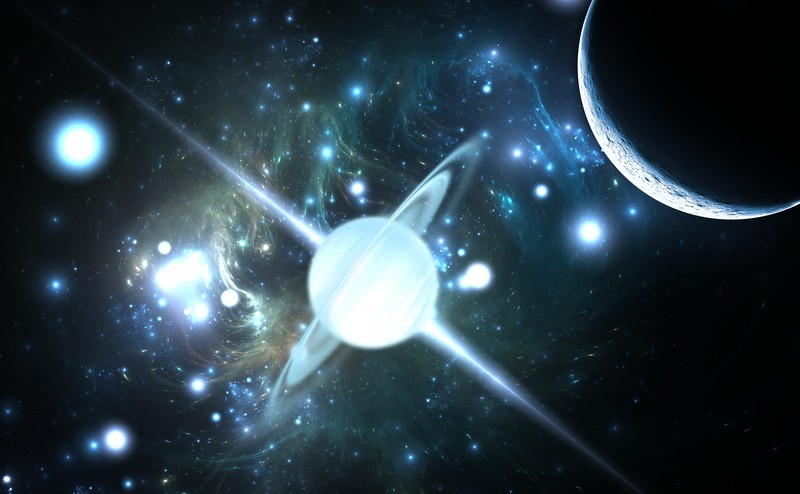And here is a brief yet thorough background on a neutron star from wikipedia:
A neutron star is a type of compact star. Neutron stars are the smallest and densest stars known to exist in the Universe.[1] With a radius of only about 11–11.5 km (7 miles), they can, however, have a mass of about twice that of the Sun. They can result from the gravitational collapse of a massive star that produces a supernova. Neutron stars are composed almost entirely of neutrons, which are subatomic particles with no net electrical charge and with slightly larger mass than protons. They are supported against further collapse by the repulsive strong nuclear force as well as quantum degeneracy pressure due to the phenomenon described by the Pauli exclusion principle. Neutron stars are very hot and typically have a surface temperature around6×105 K. They are so dense that a normal-sized matchbox containing neutron-star material would have a mass of approximately 13 million tonnes, or a 2500 m3 chunk of the Earth[6][7] The density of the star is comparable to that of the nucleus of an atom, both residing in the same degree of magnitude. They have strong magnetic fields, between 108 and 1015 times as strong as that of Earth. The gravitational field at the neutron star’s surface is about 2×1011 times stronger than on Earth.
Do the physics that we think we understand change when it comes to a neutron star?? What do you think?
This is one of the cooler finds for astronomy and we hope you enjoy the video and check back for updates.

Old news
Sounds like that plane could use some “freedom.”
Does a 9 year old write these articles?
“No way. Have you heard about this? Trippy!”
You won’t believe #9!